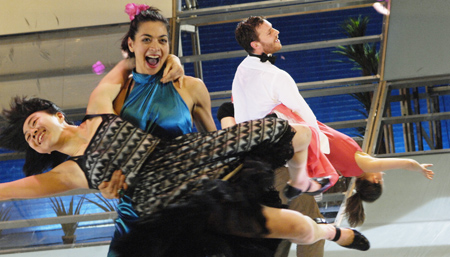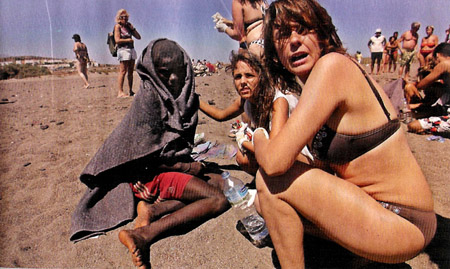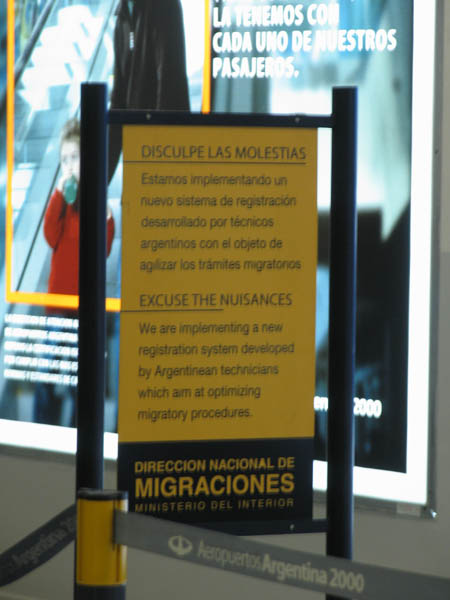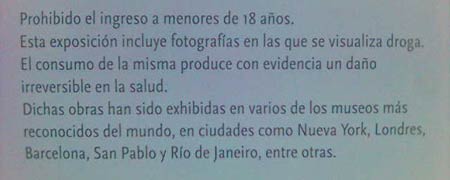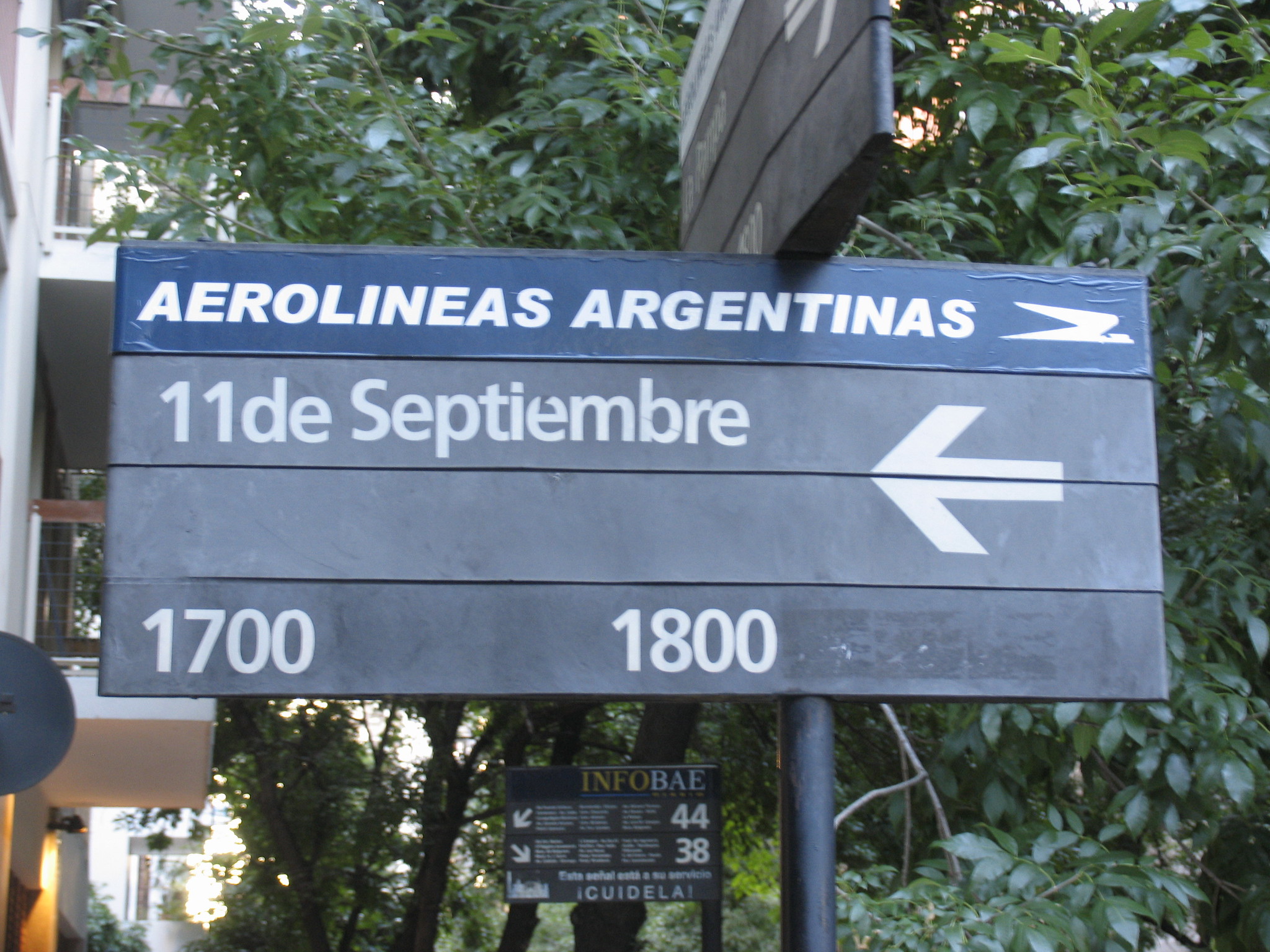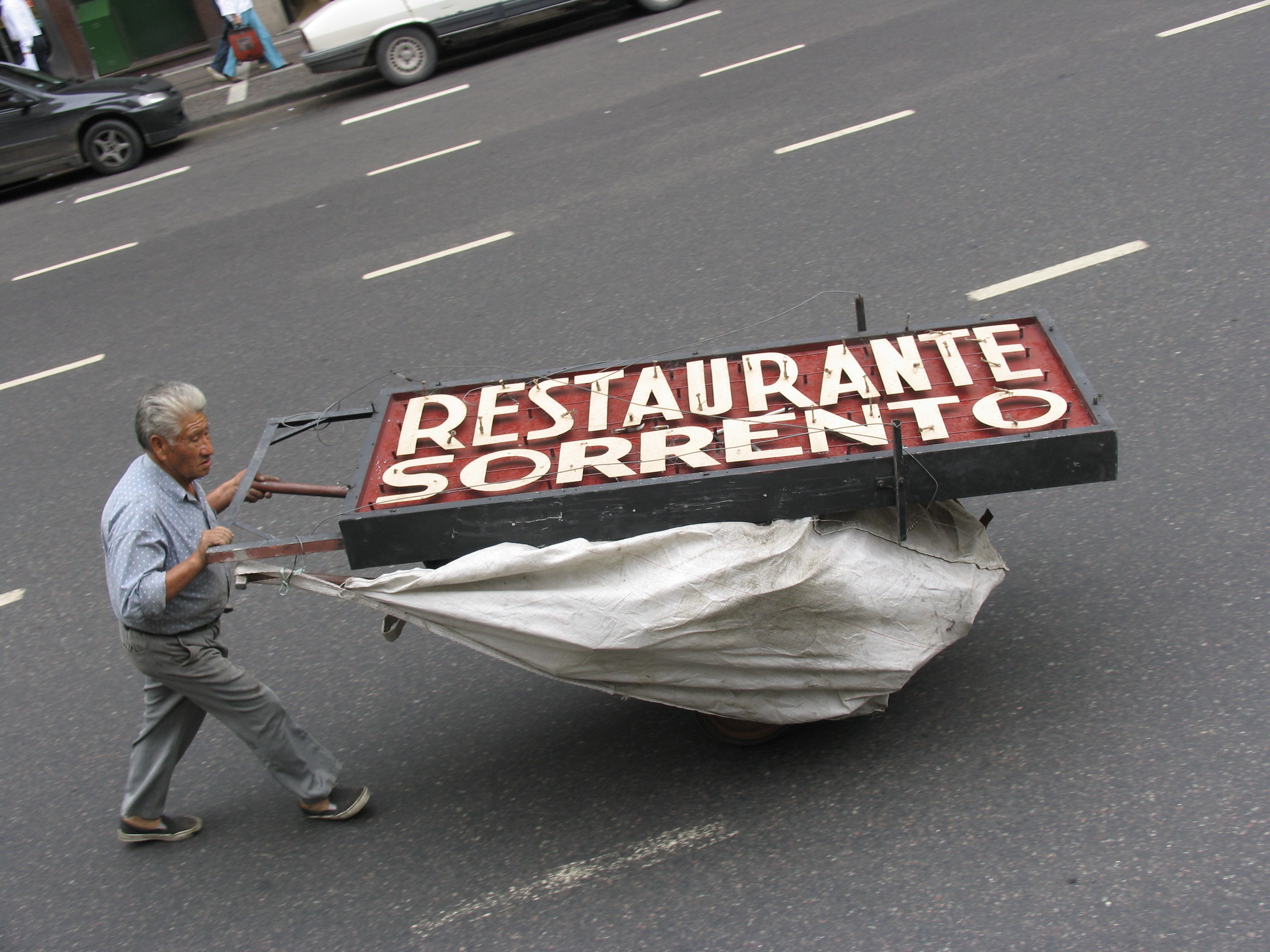Even though i cant really read Spanish (let alone speak it), i spend a fair amount of time in book stores in Buenos Aires which ultimaetely paid off as i found a very intreaguing book titled ‘San La Muerte – Una Voz Extraña‘ (also available via Amazon UK.
The book which combines numerous photographs with 6 essays (in Spanish and English) explores the rituals and practices of the worshippers of the ‘folk-saint’ San La Muerte (‘Saint Death’). The cult of San La Muerte originates from northeastern Argentina (the Corrientes & Chaco provinces which are among the poorest regions of the country) and the bordering regions of Paraguay, but has spread to other regions such as the poorer working class suburbs of Buenos Aires and other cities.
San La Muerte is worshipped through little statuettes carved out of wood, bone or lead: a skeleton sitting or standing, often bearing a scythe. Throughout the year he is worshipped in virtual secrecy, but on August 15 “messes” are being said before the altars of household shrines. Some devotees even chose to insert images of San La Muerte – chiseled on a bullet or a human phalanx – under their skin, a practice that is increasingly replaced by having images of the ‘Santito’ tattooed on one’s body for protection.
For some, San La Muerte offers an absolutely personal and non-transferable protection that will only be accessible to another when – after one’s own death – he or she is in the possession of the sculpture. Others – which doctors and payés – invoke the saint’s power on behalf of customers and patients , all the while concealing the image from sight. To some others, he is a household saint concealed in some corner of the house, bestowing his protection upon all family members with no distinction whatsoever.
He receives offerings in exchange for favors related to the main problems that plague human existence. The saint helps to restore love, health and fortune, protects worshipper from witchcraft, heals people upon whom somebody has cast the evil eye, he also grants good luck in gambling […] and may bring death upon th enemies off his devotees.
He is said to be the fairest of saints. according to some he is a fair saint because he allows for the recovery of stolen objects and punishes the misappropriators. Others refer to the justice inherent in death since it takes all humans without disctinction: rich and poor, powerful and powerless.
San La muerte sticks to a moral code that must be obeyed. In the cult of San La Muerte, even people who break the law and resort to violence have numerous obligation towards the saint, which they must honor in exchange for his protection. The cult is is based on punishment and submission; to be granted a grace the saint must even be threatened. The saint can be threatened with hunger or banishment to an uninhabited place until the favor is granted. When graces are granted, the siant must be rewarded and fed but never fully, so that he may soon be willing to grant another grace.
While one requests favors from the Gauchito (Gaucho Gil – or other saints for that matter) one must demand them from San La Muerte. [excerpted from the various essays in the book]
What i find particularly fascinating are the various requirements that seem to determine the powers of the individual representations of San La Muerte. The Saint is especially popular among criminals and the most powerful saints are made by prison inmates. While most figures are either carved from wood or human bone there are a couple of materials that have special powers. When it comes to wood the most intense, strongest images are carved from dead people’s coffins of from crucifixes of people who died recently, not more than seven years back.
Among devotees, fired bullets, those that wounded and, more specifically, killed a Christian man are regarded as the most powerful materials to be used for carving a saint figure.
Whatever the material according to orthodox requirements the completed saints must be consecrated by a catholic priest for seven times (this is mostly archived by hiding the figures in or under another object which is presented for consecration). if the saint is carved out of the bone of a christian man It only has to be consecrated 5 times as it ‘has already been consecrated twice’.
